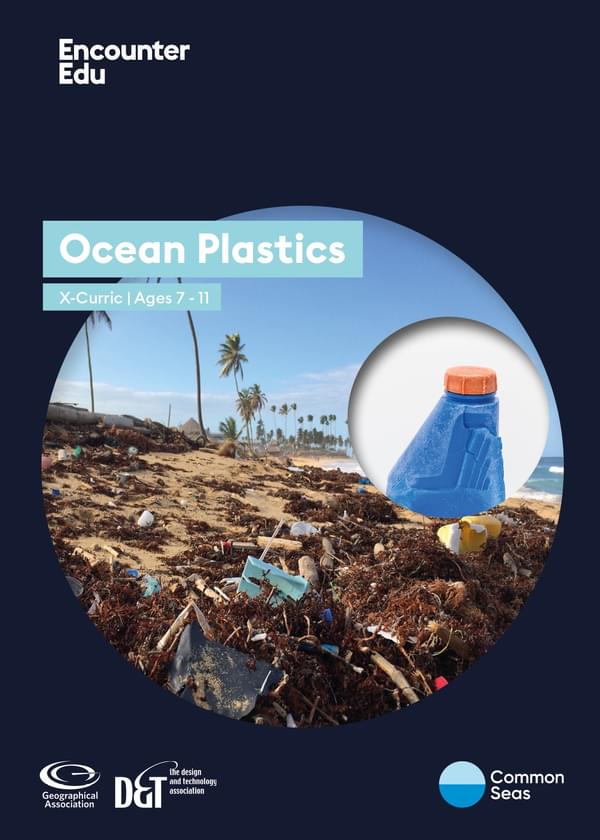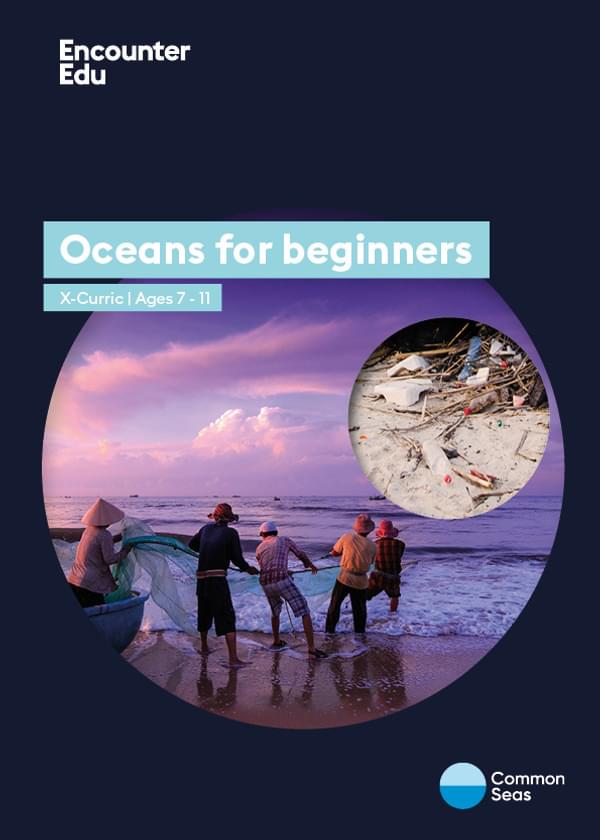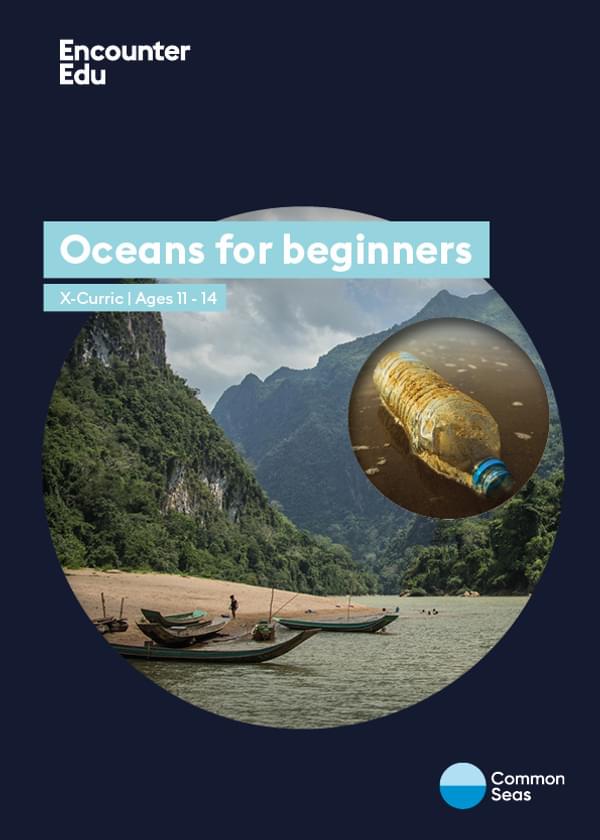How does plastic reach the ocean and why is it a problem?
The problem of plastic
Plastics are synthetic organic polymers. It is estimated that 4% of the world’s annual petroleum production is converted to plastics [1] while a similar amount is used to produce the energy for plastic manufacturing. The annual global production of plastics has doubled in the last 15 years to 280 million tons per year.
The average plastic consumption in North America and Western Europe reached 100kg per person in 2005, increasing to 139kg and 136kg respectively in 2015.
It has been estimated that plastics account for around 10% of the municipal waste stream with less than 10% of plastic being recycled.
In the EU alone, 12.5 million tons of plastic is sent to landfill each year of which about half is packaging.
How does it reach the ocean?
About 28 million tons or 10% of all plastic produced each year ends up in the ocean. The sources of plastic fragments in the ocean are mainly the discharge of wastewater and runoff water from river systems and discarded plastic products from landfill. Other sources of marine plastics include the fishing industry, nautical activities and aquaculture.
The abundance of marine plastics in the ocean varies as a function of the distance to coastal populated areas and popular tourist destinations, as well as the occurrence of heavy rain and floods. The speed and direction of ocean surface currents also have an impact on the distribution of plastics.
What are the economic impacts of marine plastics?
Marine plastics are of particular concern to coastal cities and tourist destinations as plastic litter can reduce the area’s attractiveness to local residents and visitors.
Approximately £13 million is spent by English municipalities each year on removing marine litter.
Previously popular tourist sites, Hawaii and the Maldives are threatened by a decline in tourist numbers and revenue due to dramatic pollution by marine debris. Plastic debris also affects the fishing and shipping industry, with English harbours spending £1.7 million each year to remove plastic debris that can foul propellers.
What impact do plastics have on the marine environment?
The impact of plastic debris on marine wildlife is widespread. At least 267 different species are known to have suffered from entanglement, suffocation or ingestion of marine debris including 86% of all turtle species, 44% of all seabird species and numerous marine invertebrates including amphipods, lugworms, barnacles and mussels. Moreover, plastics can accumulate and transport toxic pollutants in the marine environment and this has been identified by the United Nations Environment Programme (UNEP) as one of the main emerging issues in the global environment.
References
[1] British Plastics Federation https://www.bpf.co.uk/press/oil_consumption.aspx

Cross-curricular | Ages 7-11
Ocean Plastics
Ocean Plastic ages 7-11 unit is a KS1 teacher resource that introduces students to the issue of plastic pollution. Students study materials, their properties and are inspired to enact change in their communities.

Cross-curricular | Ages 5-7
Oceans for beginners
Oceans for beginners ages 5-7 unit is a cross-curricular KS1 teacher resource. Students go on a three-part journey where they realise the awe of oceans, how important they are, and the dangers they face.

Cross-curricular | Ages 7-11
Oceans for beginners
Oceans for beginners ages 7-11 unit is a cross-curricular KS2 teacher resource. Students go on a three-part journey where they realise the awe of oceans, how important they are, and the dangers they face.

Cross-curricular | Ages 11-14
Oceans for beginners
Oceans for beginners ages 11-14 unit is a cross-curricular KS3 teacher resource. Students go on a three-part journey where they realise the awe of oceans, how important they are, and the dangers they face.

Cross-curricular | Ages 14-16
Oceans for beginners
Oceans for beginners ages 14-16 unit is cross-curricular KS4 teacher resource. Students go on a three-part journey where they realise the awe of oceans, how important they are, and the dangers they face.
